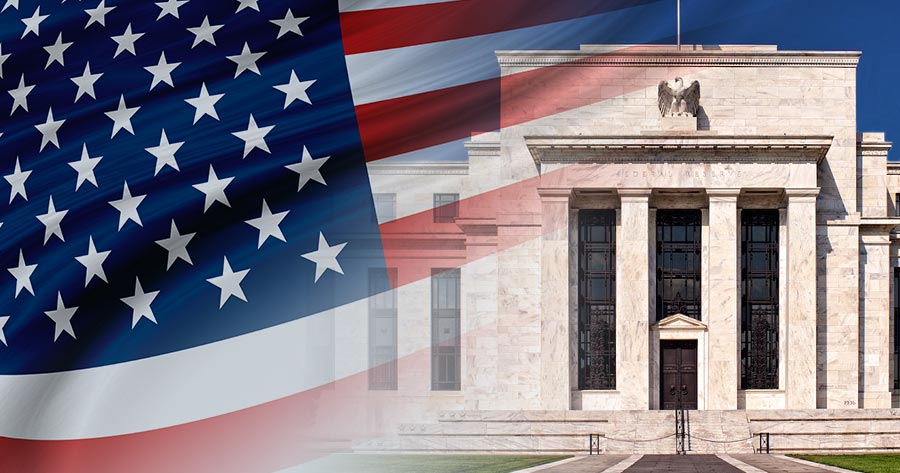The United States’ national debt has surged to a new peak of $34.6 trillion in April, marking a $1.6 trillion increase since September 2023. Over the past four years, the total US debt has ballooned by 47%, an uptick of $11 trillion. Should the current trend persist, the US debt is projected to double within the span of eight years, jumping from $20 trillion in 2017 to $40 trillion by 2025.
If the Federal Reserve opts to maintain its current interest rates, the annual interest expense for the US could hit $1.6 trillion by the close of the year. Consequently, the US government is advocating for lower interest rates as a means to alleviate this mounting financial burden.
It has been estimated that the current $27.4 trillion of public debt, excluding intragovernmental obligations, will escalate from 99% of the Gross Domestic Product (GDP) to 116% within the next ten years. Investors are gearing up for a substantial influx of US government debt issuance, potentially overshadowing an anticipated bond rally, as they anticipate prolonged fiscal deficits in the lead-up to this year’s presidential election.
While the bond market focus has revolved around predictions regarding the extent of interest rate cuts by the Federal Reserve in 2022, fiscal apprehensions are set to take center stage as the November election draws near. There is a prevalent sentiment among analysts and investors that there is no clear emphasis on curbing deficit spending by either President Joe Biden or his Republican challenger Donald Trump, though both parties contest this viewpoint.
Certain investors are already restructuring their portfolios to mitigate potential losses in the event of soaring Treasury yields due to imbalances in supply and demand. Concerns loom over the uncertainties surrounding the amount of debt required for deficit spending, which could potentially unsettle the $27 trillion Treasury market, a key pillar of the global financial framework.
One of the key drivers of interest rates includes the Federal Reserve’s policy rate, economic expansion, and inflation. Beginning in 2021, inflation rates climbed swiftly, prompting a subsequent increase in interest rates. In response to the resurgence of inflation, the Fed raised its federal funds rate target by more than 5% from near zero between March 2022 and July 2023. Notably, the yield on the benchmark 10-year Treasury note has recently reached its highest levels since 2007.
Japan and Mainland China held the largest portions of US debt as of January 2024, according to Statista. Japan held $1.15 trillion, while China held $797.7 billion in U.S. securities. Other countries




